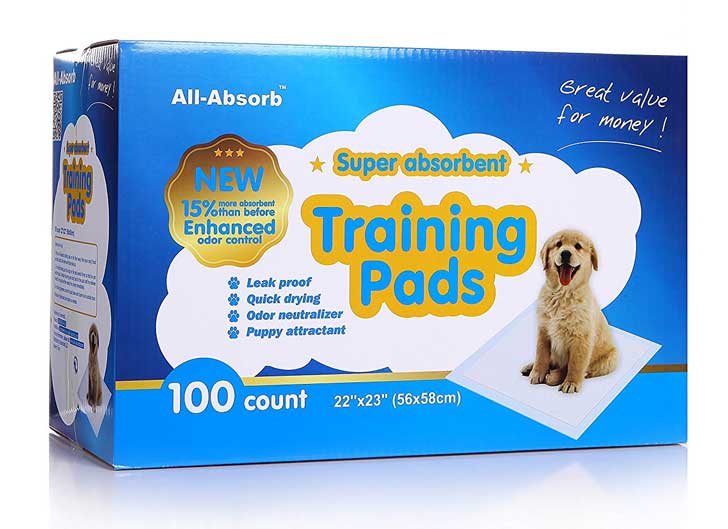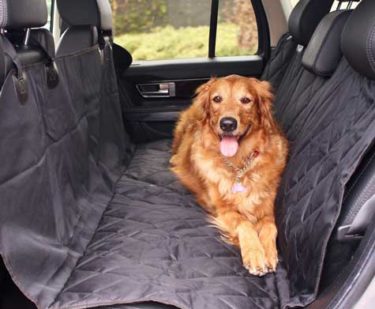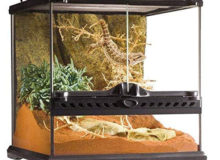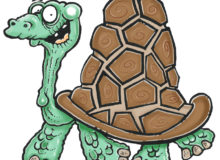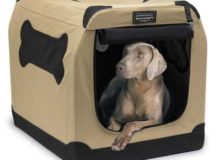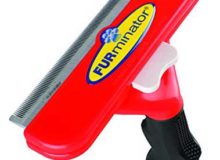Puppy Training Schedule Housebreak a Puppy in 7 Days
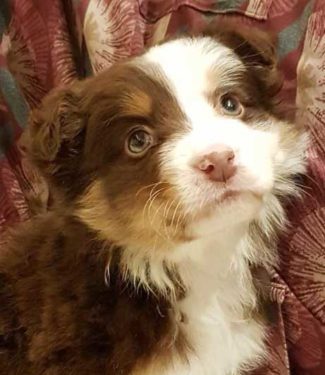 Congratulations! You’ve opened up your home and heart and expanded your family. There’s nothing more joyful than the pitter patter of four tiny paws following your every move. A puppy training schedule is essential for a harmonious relationship.
Congratulations! You’ve opened up your home and heart and expanded your family. There’s nothing more joyful than the pitter patter of four tiny paws following your every move. A puppy training schedule is essential for a harmonious relationship.
Soulful eyes filled to the brim with love when your puppy looks at you will (and should) melt your heart.
But it’s hard to love that itsy bitsy ball of fluff when you step in a puddle or have to search for gifts he left you under the bed.
Learning how to housebreak a puppy in seven days isn’t as hard as you think.
If you can spend a week teaching your puppy the potty training basics, you can prevent bad behaviors from developing later on. Following a puppy training schedule will help him learn what to do and when to do it.
How to Potty Train a Puppy Fast in Easy Steps:
Your Puppy’s Bathroom Needs
Puppies are like permanent toddlers. They need love, structure, and routine. They look to you to be their new mother to guide them, teach them, and show them the ropes.
You can’t expect them to figure things out on their own. Babies pee in their diapers until mom shows them how to use the toilet. Puppies are exactly the same.
Puppies don’t fully empty their bladders each time they urinate. They only release enough fluid to relieve the pressure. Their tiny bladders are like constantly erupting volcanoes. When the pressure builds, they pee again. That’s why they need the restroom about every 15 minutes.
Puppies Need Love, Not Spankings
If your newborn baby soiled his pamper, would you smack his backside and toss him in the backyard? Hopefully not. So, don’t do it to a puppy (or even an adult dog who was never house trained).
When a puppy relieves himself, he feels proud and ready to play. Spanking him when he uses the restroom will confuse and frighten him. Shouting and pointing a finger at him will cause anxiety and future training problems.
Having a solid puppy training schedule, restroom area boundaries, and a positive teaching method will create a stable foundation for proper potty etiquette.
Determine a Designated Restroom Just for Him
The first step to house training a puppy is figuring out where his new restroom will be. A specific section of the yard, a wee wee pad in the basement, only the front yard, etc. I
t’s up to you – the owner – to develop a plan of action. Remember, he doesn’t know anything about your house rules until you teach him what they are.
Set up a Puppy House Training Schedule
Establishing a puppy house training schedule is the second step. The biggest mistake pet owners make is the lack of consistency. Every time he needs to relieve himself, it’s your job to take him to that designated area and entice him to use it.
It’s best to start going outside right away. Get a comfortable collar and a lightweight leash. Every 15 minutes, take him out even if you’re simply walking around the back yard. Walking with him establishes that he’s not all alone. You’re both exploring the wide world together. He’ll be more relaxed (and willing to relieve himself) if you’re with him.
He won’t make it through the night, but he’ll be inactive so he’ll pee less. It’s recommended that you take him out at least once or twice a night. Clean up the soiled pads, and put him back to bed. This makes morning much better and reinforces going outside whenever possible.
Use a “Marker” Word
When I trained my puppies, I used the word “yes.” I would figure out a command I wanted to use (for example, the word “shake” means they must lift a paw and put it in my palm to shake hands).
When I say “shake” and hold out my hand, they know I expect them to do something. As soon as they put their paw in my palm, I mark that behavior with the word “yes” and immediately give them a puppy training treat. Works every time.
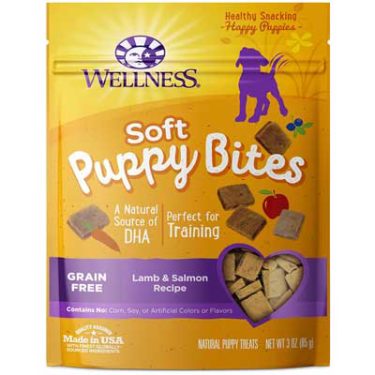
Use Puppy Training Treats Every Time
The reason the marker word works is because most animals are food motivated. Promise them a snack, and they’ll do whatever you ask. That’s why puppy training treats are the key to obedience training.
When he performs a specific behavior, use your marker word and give him a snack. He’ll learn he has to work for his favorite snacks, and he’ll be happy to do
it. The marker word becomes synonymous with a tasty snack which means he’ll look forward to hearing that word.
As soon as mine started to go, I’d quickly lift them up and slide a nearby pad under them and step back. When the leg lifted, I’d say “Yes!” and pop a treat in their mouth. No spanking if he missed.
No punishment if he started somewhere other than the pad. Just praise a puppy training treat as soon as he was on the pad.
Teach your puppy that when he does his business, he did a great job. Express your happiness at his efforts. Tell him what a good job he did. He’ll associate the praise with the deed and continue to repeat it in the designated bathroom area.
Using puppy training treats will reinforce that “good job” mentality and help him learn faster.
Training a Puppy to Pee Outside vs. Inside
When you’re training a puppy to pee outside, take him out every 15 minutes and walk around with him. As soon as he starts to go, say the marker word and give him a treat. Do it as he lifts a leg or squats.
He’ll happily chomp a puppy training treat while he’s busy. If he doesn’t go, no worries. Tell him he did a good job anyway, and go back inside without a treat.
Accidents will happen so be prepared. I bought wee wee pads by the case and put them everywhere. I bought the kind that smell like grass and dirt to mimic the back yard smell.
When a puppy associates the smell of dirt with permission to relieve himself followed by a wonderful snack, he’ll be more prone to go where that smell is. As he grows older and the pads disappear, he’ll want to go outside to search for the smell of dirt and grass.
House Training a Puppy When You’re Not There
Try to spend the first few days with your puppy without leaving him alone. If you’re working on how to housebreak a puppy in seven days, it’s important that you’re with him the entire time to enforce the rules. Repetition works wonders. Use the first seven days as the baseline to establish a puppy house training schedule.
Once he realizes he can use the pads in the house and receive a reward, he’ll find the pad on his own. When you need to leave him home alone, he’ll make every effort to go on the pad instead of the floor.
As soon as you come home, bring the soiled pads to his attention. Say your marker word, and give him lots of love. He’ll learn that he can be a good boy even if you’re not there to give him a treat.
When you leave him alone, put him in a confined space. I used a baby gate to restrict my puppy to the kitchen. I picked up the rugs and anything he might chew. I gave him lots of chew toys. His kennel with his bed was in the corner so it would stay dry.
I covered the floor with pads. Your pup will probably use every inch of every pad like mine did. As time goes on, you can use fewer pads until he doesn’t need them at all.
If you are at work for long hours you might want to consider a dog walker (see below).
How Long Can a Puppy Hold His Bladder?
Take the puppy’s age and add two. This equals how many hours he can wait. If he’s two months old, he can hold it for four hours. If he’s three months old, he can wait 5 hours, and so on.
But this calculation applies only to inactive dogs. If you work an eight hour day while your four-month old pup is in a kennel sleeping, he can probably wait about 5 – 6 hours. It varies and depends on when they eat and drink.
If they have access to food and water all day, the calculation will change.
Dog Walkers Can When Establishing a Puppy Training Schedule
We all have busy lives and walking your puppy may have to fit into a tight schedule. It may be that you are not physically able to walk your puppy ans much as you would like.
Hiring a dog walker keeps the puppy training schedule working. They break up the monotony of the pup’s day, help them socialize with other people, and give them a much needed bathroom break.
My dog walker came at noon. That gave them half a day in the kennel, an hour to use the bathroom and play, then half a day until I came home.
Once you’ve succeeded in training a puppy to pee outside, a dog walker can help to reinforce the puppy training schedule. I used one for six months, and it was a wonderful investment.
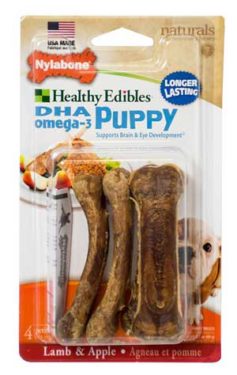
Chewing is good for puppies
Puppies chew because they’re teething. It feels good to them. They will try to chew everything. Give them age appropriate toys to practice on or a dog chew. When they grab a shoe, gently take it away, and give them a toy.
They also chew when they’re stressed. Trying to hold their bladder is stressful. Keep plenty of toys around when you’re not home so they have a positive outlet until they can use the restroom.
Teach, Reward, and Love Your Puppy with a Puppy Training Schedule
Puppies want to learn. The best way to teach them anything is with lots of patience and tons of love. House training a puppy is the very first thing you should do. Learning how to housebreak a puppy in seven days is possible. But it only establishes the basic rules. Be consistent, non-threatening, and supportive. Your puppy will love you for it.
Want to keep your car in pristine condition inside and take your four leged friend everywhere?
 The best way is with a pet car seat cover that’s nice and comfy for your pooch and keeps hair, doggy drool and sharp claws foff the seats.
The best way is with a pet car seat cover that’s nice and comfy for your pooch and keeps hair, doggy drool and sharp claws foff the seats.
See my review of 5 top rated pet car seat covers here…
If you are looking for a pet dog and haven’t decided which type you would like there are a lot of factors to consider. Size, temperament and many other traits make every breed of dog unique. See my review of 5 top tated dog breed books to give you a great insight into your next four legged friend!


